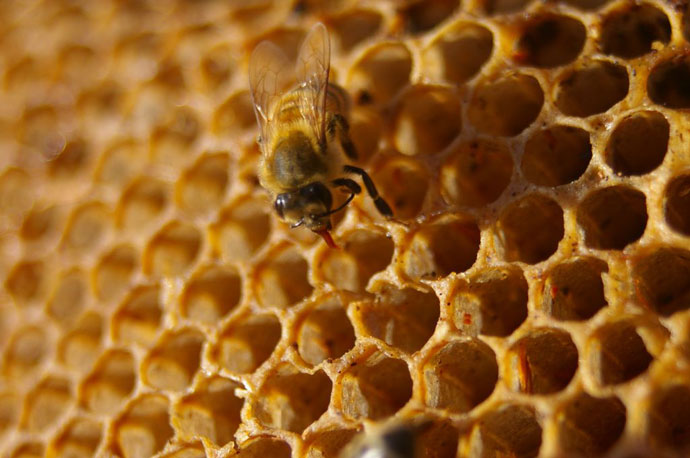Could Honey Replace Antibiotics?

Image via Flickr/ Peter Shanks
The Centers for Disease Control, along with a plethora of other health, scientific and academic organizations, have for some time warned of “super bugs,” or antibiotic-resistant organisms. In fact, at least 2 million people become infected with bacteria that are resistant to antibiotics each year, leading to at least 23,000 deaths.
According to a series of studies at Sweden’s Lund University, however, 13 lactic acid bacteria found in the honey stomach of bees may be provide a cure for super bugs such as antibiotic-resistant MRSA. According to one of the studies, the bacteria, when mixed into honey, healed horses with persistent wounds.
The healing properties of honey are nothing new. Used to treat infections for millennia, honey, bee pollen, propolis and royal jelly can now be found in therapeutic products including moisturizers, candles, soaps and cure-alls. The newly-discovered lactic acid bacteria were tested on severe human wound pathogens such as MRSA and VRE, with positive results in a lab environment. Even better evidence was its success in treating the persistent wounds of 10 horses whose owners had tried various other treatments to no avail.
Antibiotics are mostly one active substance, effective against only a narrow spectrum of bacteria. When used alive, these 13 lactic acid bacteria produce the right kind of antimicrobial compounds as needed, depending on the threat. It seems to have worked well for millions of years of protecting bees’ health and honey against other harmful microorganisms,” Lund University’s Tobias Olofsson said. “However, since store-bought honey doesn’t contain the living lactic acid bacteria, many of its unique properties have been lost in recent times.”







































